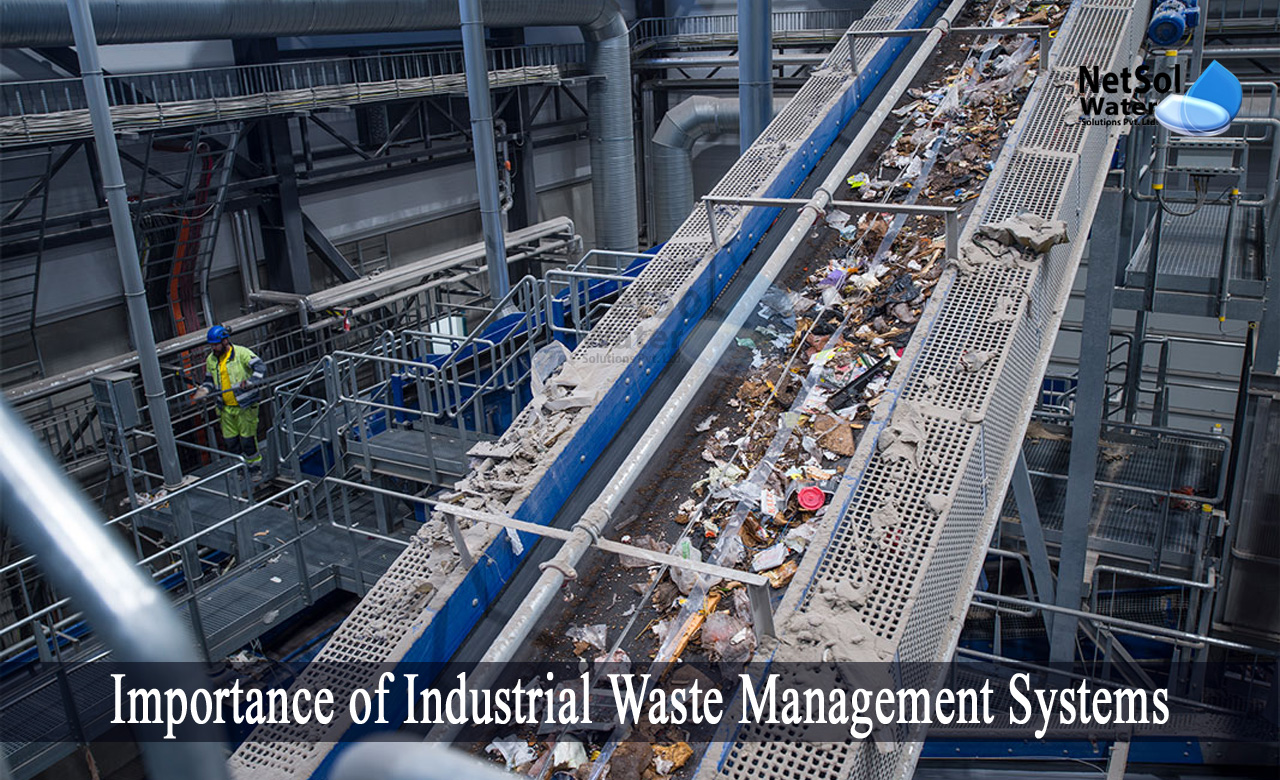Not known Facts About Reclaim Waste
Not known Facts About Reclaim Waste
Blog Article
The 15-Second Trick For Reclaim Waste
Table of ContentsReclaim Waste for Dummies10 Simple Techniques For Reclaim WasteGet This Report on Reclaim WasteUnknown Facts About Reclaim WasteThe Single Strategy To Use For Reclaim Waste
Explore the kinds, occurrences, and kinds of fluid waste. Residential sewage waste refers to the waste and products from a household septic system. This kind of waste is created by human beings in homes, colleges, and various other buildings. This only consists of septic systems that have a drainpipe area. The appropriate administration and disposal of domestic sewage waste need fluid waste to be transferred to a sewage treatment plant where the correct techniques and devices are related to purify and get rid of waste.
Business waste commonly includes possible threats, such as combustible materials or a mixture of fluid and solid waste products, and calls for an extra innovative and in-depth disposal process. The disposal of business waste commonly involves the filtering of waste before transportation to guarantee secure and correct disposal. Industrial waste is created from results and runoff of industrial procedures and manufacturing.
This kind of waste can not make use of the same sewage management transport or processes as septic or commercial fluids. The hazardous waste management process needs the inspection and testing of liquid waste prior to it undertakes the disposal procedure (liquid waste disposal). Drainage waste is the liquid waste that originates from overflow and excess stormwater in highly booming locations or cities
Overflow waste can cause contamination and flooding if not managed correctly. Find out more regarding drain cleaning and waste monitoring. Ensuring appropriate waste monitoring can stop disasters and minimize ecological damage. Both people in domestic settings and experts in commercial or production industries can gain from recognizing the procedures and regulations of liquid waste management.
Not known Facts About Reclaim Waste
Call PROS Services today to learn more about our waste management and disposal solutions and the correct methods to look after the liquid waste you generate.
(https://pxhere.com/en/photographer-me/4429814)This supposed 'wastewater' is not only an important resource but, after therapy, will certainly be launched to our land, waterways or the sea. Utilized water from bathrooms, showers, baths, kitchen sinks, washings and commercial processes is known as wastewater.

water utilized to cool down machinery or clean plant and equipment). Stormwater, a kind of wastewater, is overflow that streams from farming and urban areas such as roofing systems, parks, gardens, roads, courses and seamless gutters right into stormwater drains, after rain. Stormwater flows untreated directly to regional creeks or rivers, at some point reaching the ocean.
The Single Strategy To Use For Reclaim Waste
In Queensland, many wastewater is dealt with at sewer therapy plants. Wastewater is moved from residential or industrial sites through a system of sewers and pump terminals, recognized as sewage reticulation, to a sewer treatment plant. City governments construct, maintain and run most sewage treatment plants. Operators are certified under the Environmental Defense Act 1994 to discharge cured wastewater at an acceptable environmental requirement into waterways.
The Division of Natural Resources suggests neighborhood federal governments about managing, operating and maintaining sewage systems and treatment plants. In unsewered areas, city governments may need householders to install specific or family sewage therapy systems to treat residential wastewater from bathrooms, kitchens, restrooms and laundries. The Division of Natural Resources authorises the usage of house systems when they are verified to be reliable.
In some new subdivisions, treatment of some stormwater to remove litter, sand and gravel has actually begun utilizing gross contaminant catches. Wastewater treatment occurs in 4 stages: Gets rid of solid matter.
Makes use of small living organisms recognizes as micro-organisms to break down and get rid of continuing to be liquified wastes and great particles. Micro-organisms and wastes are incorporated in the sludge.
The Greatest Guide To Reclaim Waste
Nutrient removal is not offered in all sewage therapy plants due to the fact that it calls for pricey specialist tools. It you could try these out is ending up being more usual in Queensland. Clear fluid effluent created after treatment might still include disease-causing micro-organisms. If this effluent is released right into rivers such as rivers or the sea, the micro-organisms will at some point die out.

This usually suggests wastewater has to be treated or contaminants removed prior to it can be discharged to rivers. The majority of wastewater streams into the sewage system. Under the Act, neighborhood governments administer authorizations and licences for ecologically relevant tasks (ERAs) including wastewater releases that might have a local influence. The department administers authorizations and permits to ERAs entailing wastewater releases that might have a local or statewide influence.
The 30-Second Trick For Reclaim Waste
Monitoring gives accurate details about water quality and can verify that licence conditions are being satisfied. The info acquired with monitoring provides the basis for making water quality decisions.
Report this page